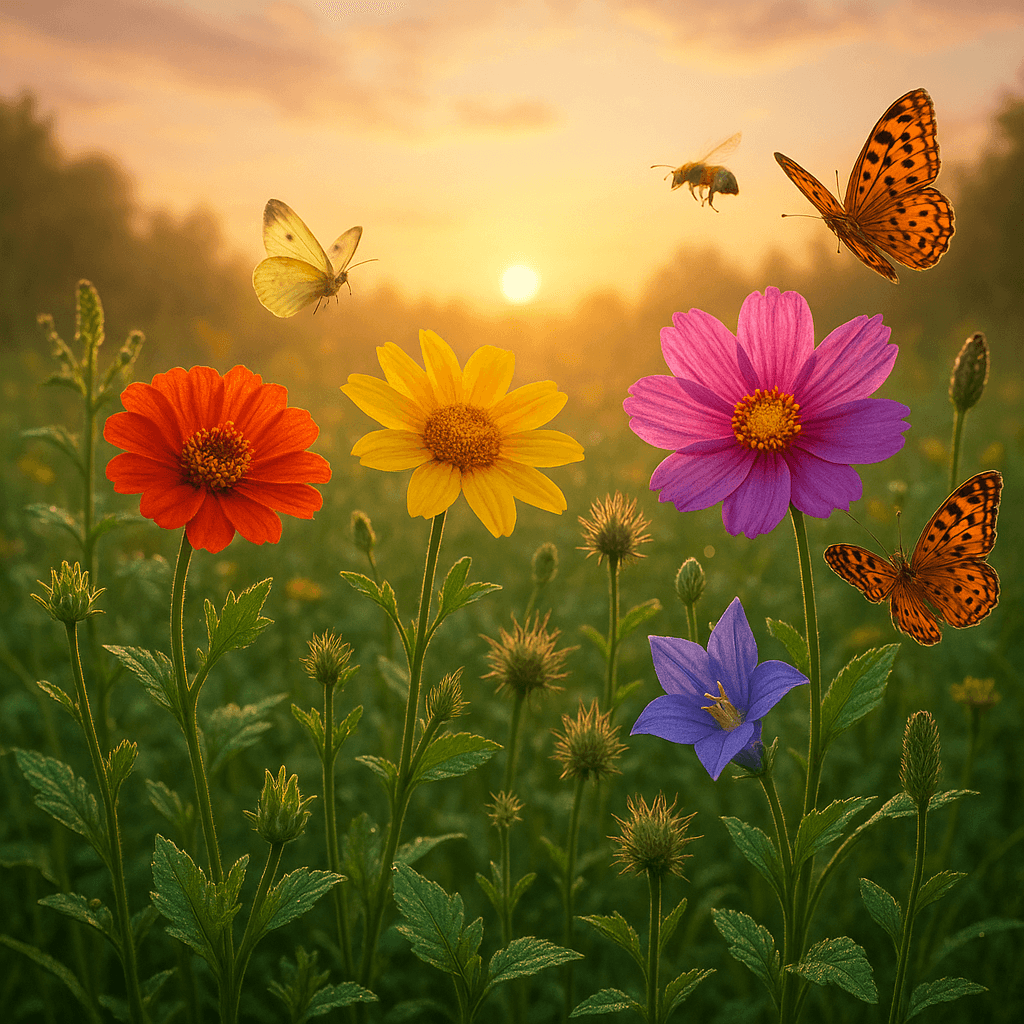The Hidden Beauty Within the Ordinary Weed
Created at: July 13, 2025

A weed is no more than a flower in disguise. — James Lowell
Perception and the Power of Labels
Lowell’s quote urges us to reconsider the arbitrary labels we assign to the natural world. The term 'weed' often carries a negative connotation, suggesting an undesirable or invasive plant. However, by referring to weeds as 'flowers in disguise,' Lowell highlights how perception shapes reality. What is dismissed as a nuisance in one context may be treasured for its beauty or utility in another, revealing the subjectivity embedded in our naming conventions.
Historical Shifts in Plant Value
Historically, many plants classified today as weeds were once revered for their medicinal or ornamental qualities. Dandelions, for example, were cultivated in medieval gardens for both culinary and healing purposes. Over time, shifts in agricultural practice and landscaping preference led to their demotion as weeds. This transformation demonstrates that a plant’s value is not inherent, but contingent upon societal needs and tastes.
Weeds as Symbols of Resilience
Transitioning from societal views, weeds themselves can symbolize resilience and tenacity. Thrust aside or uprooted, they appear again and again, thriving in neglected spaces. This persistence, often overlooked or maligned, mirrors the way overlooked individuals or ideas can prove indispensable when circumstances change—just as wildflowers unexpectedly brighten a fallow field.
Literary and Artistic Inspirations
Literature and art have long explored the blurred line between weed and flower. In Frances Hodgson Burnett’s *The Secret Garden* (1911), the appearance of uncultivated plants heralds the rebirth of neglected spaces—a metaphor for hidden potential. Visual artists too, like Georgia O’Keeffe, found elegance in sunflowers and wild poppies, reminding viewers that so-called weeds can inspire just as much awe as prized blooms.
Cultivating an Open Mind
Ultimately, Lowell invites us to foster greater appreciation for everyday wonders. By looking beyond superficial distinctions, we can uncover intrinsic value where least expected. This lesson extends beyond botany, encouraging empathy and curiosity in all areas of life. In reevaluating what we dismiss as weeds, we discover that the difference between nuisance and beauty often lies solely in our point of view.